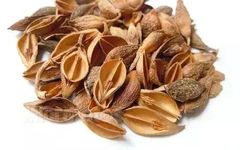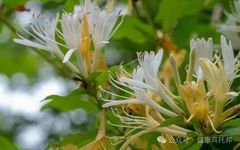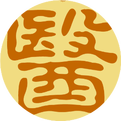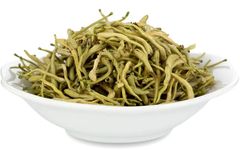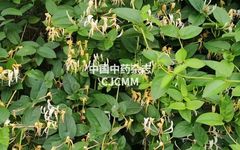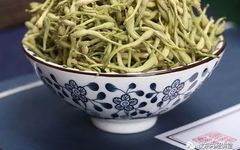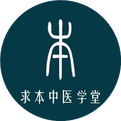Wind-Heat Cold and Sore Throat: This Formula is Highly Effective
Today, I would like to introduce a formula called Yin Qiao San (Yin Qiao Powder), with the Chinese patent medicine known as Yin Qiao Jie Du Wan (Yin Qiao Detox Pill), which is also aimed at treating wind-heat colds. San Ju Yin (Sang Ju Yin) is suitable for the early stage of wind-heat, while Yin … Read more


